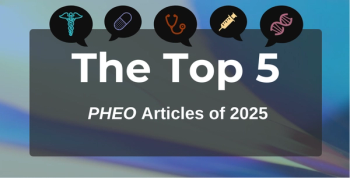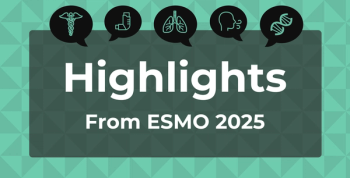
Safe Disposal of Prescription Medications Faces a Cost Barrier
Safe disposal of prescription drugs is turning out to be a costly endeavor, and the pharmaceutical industry seems to want no part of it.
Safe disposal of prescription drugs is turning out to be a costly endeavor, and the pharmaceutical industry seems to want no part of it.
The National Take-Back Initiative, a biannual event coordinated by the Drug Enforcement Administration (DEA), was launched in September 2010—a venture meant to allow the safe disposal of prescription medications and avoid misuse as well as unwanted environmental effects—a danger associated with flushing these medications into the water streams. Since then, the DEA has been working with the Congress to install more permanent regulations, such as the
But drug disposal costs money, costs that pharmaceutical manufactures do not want to bear. Local governments—
STAT reports that the industry has now brought lobbying to the local level, after the US Supreme Court overruled their objections. A national trade association that represents manufacturers of OTC medications and dietary supplements, started calling residents of Los Angeles County warning them of a tax hike due to the take-back program. Another approach is forcing the local governments to implement a state-run and funded program for the collection and disposal of hazardous waste.
One such bill (Assembly Bill 45), introduced in the California state assembly, was amended in January this year to reflect the changes. Some of the trade groups have proposed to fund a nonprofit organization at $1 million annually over a 5-year period, to educate consumers in California on appropriate handling and disposal of drugs. This is only if local governments commit to managing and funding the actual disposal.
Meanwhile, As You Sow, a nonprofit, recently sent a
Newsletter
Stay ahead of policy, cost, and value—subscribe to AJMC for expert insights at the intersection of clinical care and health economics.







































